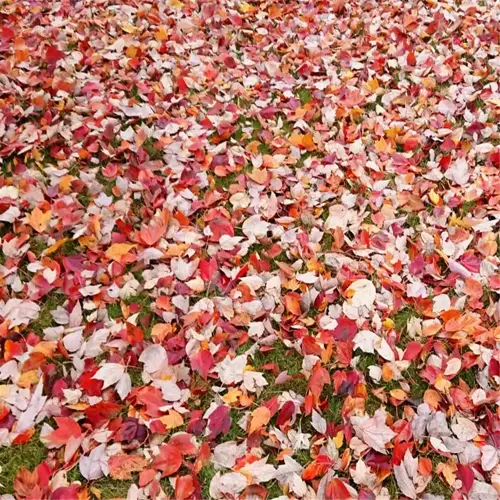Are native plants better for drought resistance?

Written by
Paul Reynolds
Reviewed by
Prof. Charles Hartman, Ph.D.Native perennials that endure drought conditions, including purple coneflower and blazing star, will grow where non-natives fail. In my work across Texas, clients have replaced lawns requiring a great deal of water with these species and have reduced their irrigation requirements by 50% while providing valuable resources for native pollinators. The secret? Thousands of years of adaptation to the local soils and climate extremes.
Pest & Disease Resistance
- Purple Coneflower repels Japanese beetles naturally, no pesticides needed in zones 3-9.
- Blazing Star's tough stems resist fungal rot common in humid droughts (zones 3-8).
- Switchgrass deters root-knot nematodes in sandy soils.
Pollinator Partnerships
- Milkweed supports monarch caterpillars, 1 plant feeds 10+ larvae while surviving dry spells.
- Goldenrod's late blooms provide critical fall nectar in zones 4-9.
- Black-Eyed Susan attracts 15+ bee species with UV-reflective petals.
Soil is less of an issue with natives. Butterfly weed grows well in Oklahoma's heavy clay. Its taproots penetrate the compacted soil layers. In New Mexico, the shallow, gravelly soil allows Penstemon roots to stabilize slopes with only 8 inches of rain annually. These plants are adapted to local challenges.
Design using layers of planting. Situate Little Bluestem grasses (zones 3-9) behind Black-Eyed Susan so there is some textural difference. In a project in Colorado, this variety combo stayed alive through winters of -20°F and droughts of 90°F while attracting bees and goldfinches, an example of how native gardens can bring together ecological function and beauty.
Resist the urge to overcare. Goldenrod loves the leanest of soils and any fertilizer will make them leggy. One client in Missouri stopped adding to the beds and his last blooms increased 30%. Watering is only necessary during establishment, fully established natives thrive strictly on rain once in the ground. Coneflower needs water only during establishment in zone 4-8.
Read the full article: 15 Top Drought Resistant Perennials for Water-Wise Gardens

